Best Replica Watches Info
Collectors Highly Seek This “Defect” In The Famous Fake Watches
With the release of the movie “007: No Time to Die” in mainland China, the new story is five years away from the previous one, which gave Bond enough time to enjoy the sunshine in Jamaica, and also gave his old watch partner—— Omega watchmakers have plenty of time to create new watches.
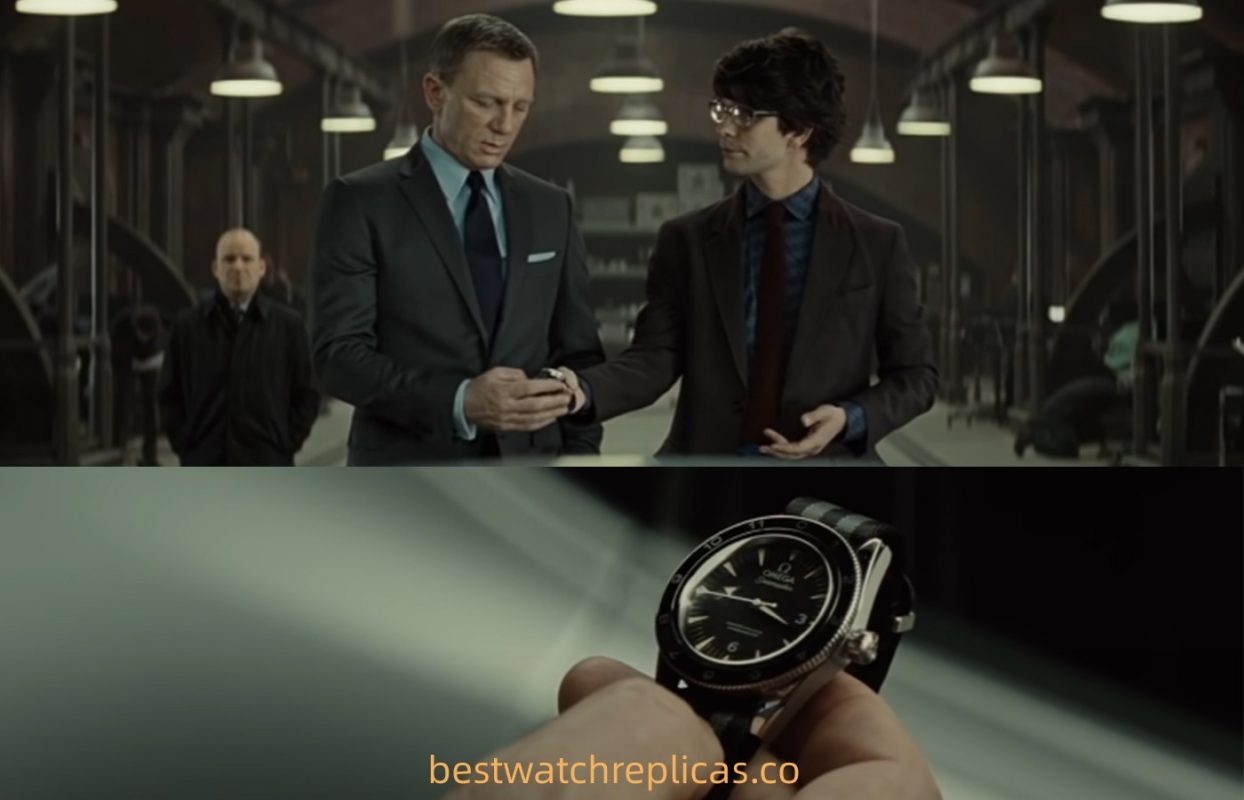
After the movie 007 series entered the millennium, Daniel Craig + Omega Seamaster became the standard configuration of Agent 007
The timepiece accompanying Bond on this mission is Omega’s new Seamaster 300-meter diving watch version 007, 42mm titanium, 88 series Master Chronometer movement, and the hardware conditions are still capable. The retro tone of the new watch makes the new 007 look attractive and more flavorful.
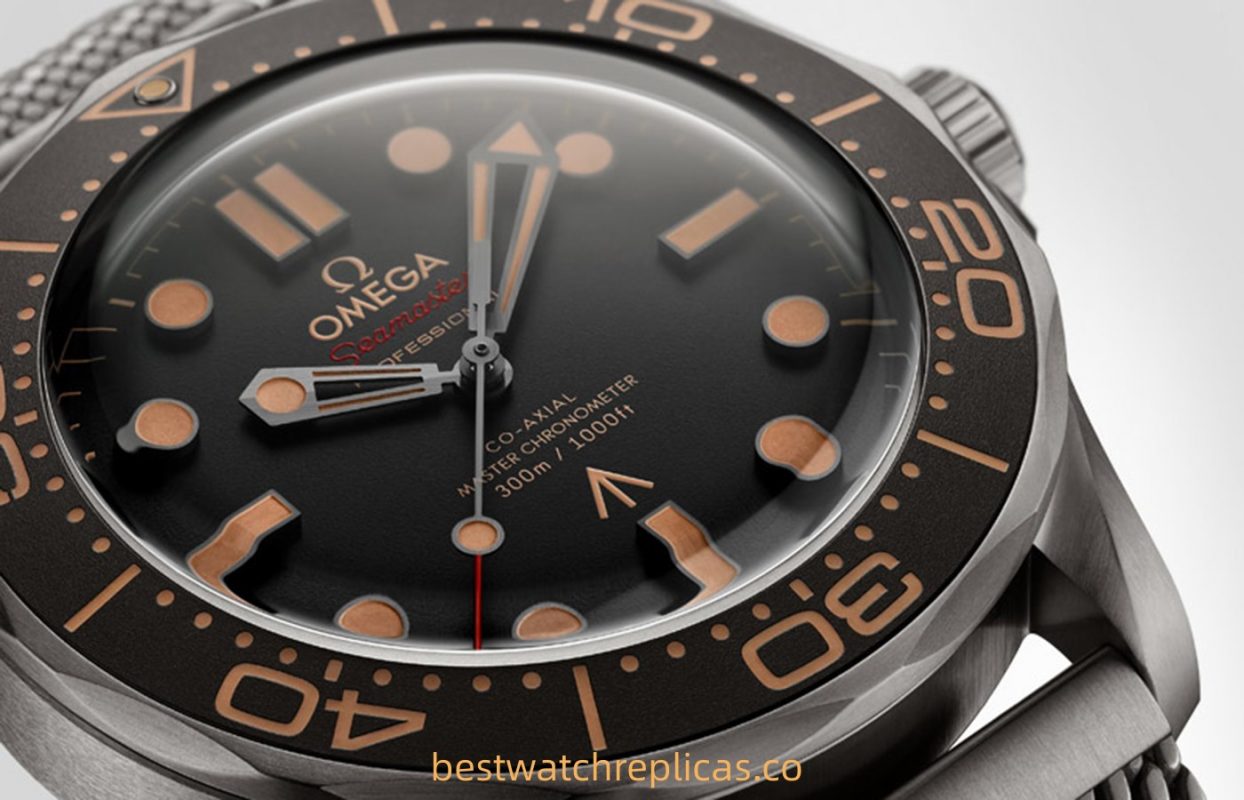
I don’t know if you have paid attention to Omega’s description of the dial of this watch: the brown dial presents the “tropical” tone that retro looks have displayed over the years.
The word Tropical is called “tropical” in Chinese. Omega and many brands launched watches in “tropical” tones as early as a few years ago. Most eyes with the original “tropical” style appeared between the mid-1950s and 1960s. What happened to the watchmaking industry during this period? How did the “tropical” tone dial come about? And why is it so popular?
What is a “tropical dial”?
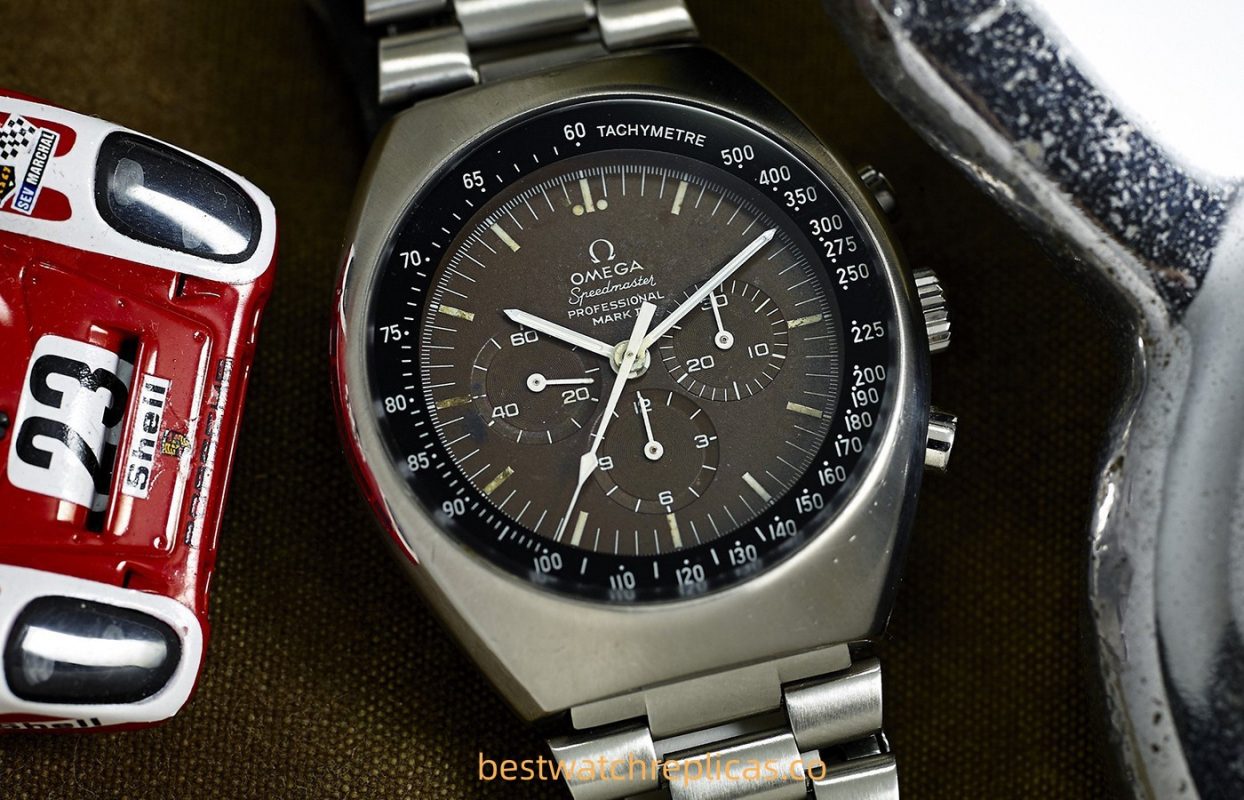
If the dial of a watch is said to have a “tropical” tone, it refers to the phenomenon of discoloration of the dial.
To be more frank, the “tropical dial” originated from an accidental “mistake” in the production process of the watch. In the middle of the 20th century, watchmakers used a chemical substance on the dial as a protective coating, but the layer did not protect it. Instead, the substance’s instability (and the watch’s long-term exposure to sunlight) caused the dial to fade. Discoloration has occurred.
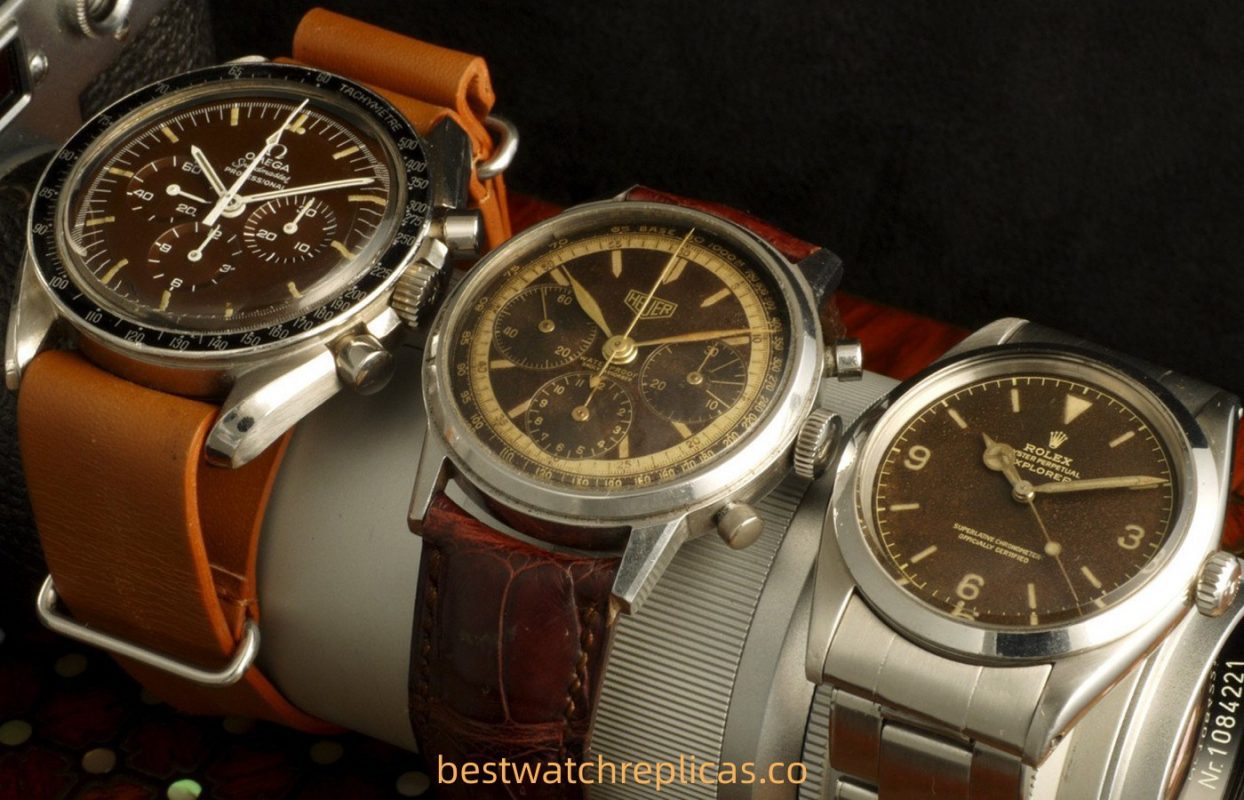
As for why it is called “tropical,” there is a folk saying that these watches are often worn in tropical areas, and the tropical climate causes the dial to change color, so people call this dial “tropical dial.” Of course, this statement has yet to be verified, but “Tropical dial” does sound more interesting than directly describing it as a color-changing dial.
“Tropical dials” mostly appear in famous watch brands, among which Rolex and Omega are the best. In addition, Patek Philippe, Breguet, etc., have also appeared “tropical dials” fake watches.
What color variations are available in the Tropical Dial?
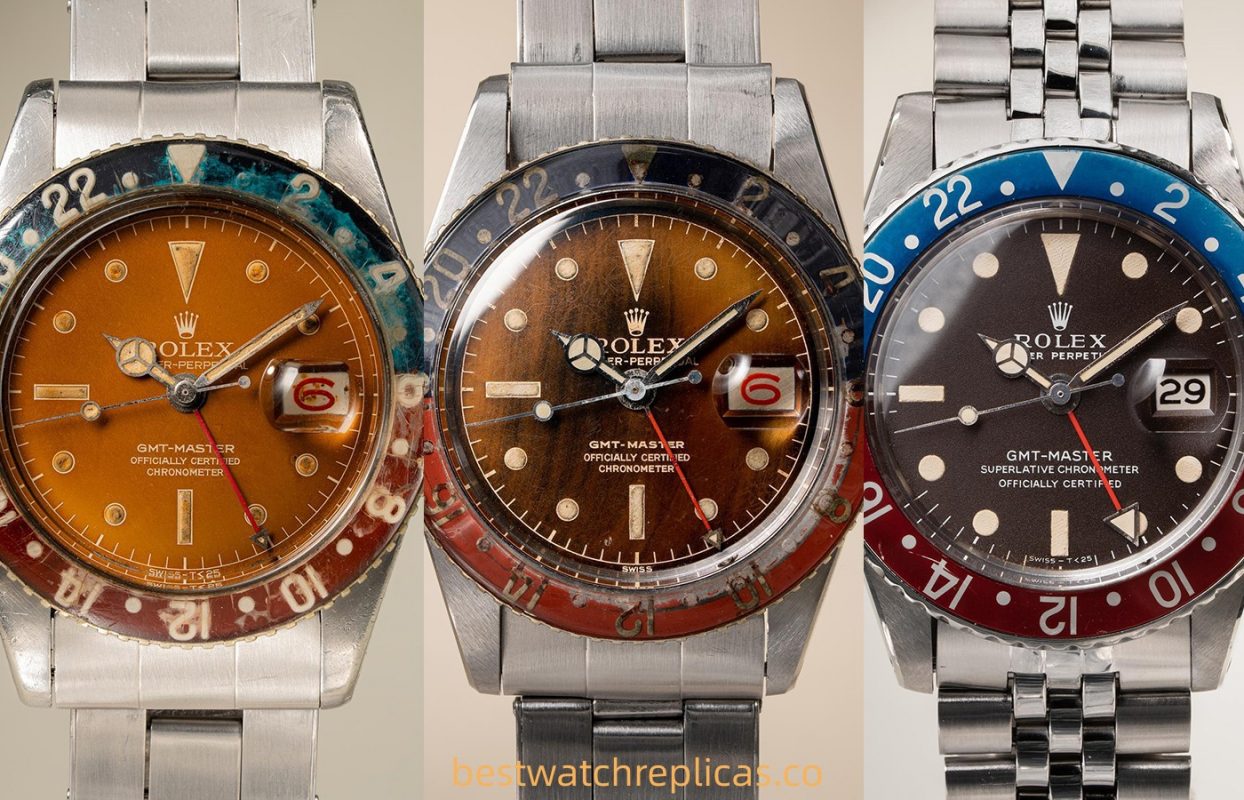
Most tropical dials slowly change from black to shades of brown, such as chocolate, coffee, gold, and caramel, among which uniform brown dials are the most coveted by collectors.
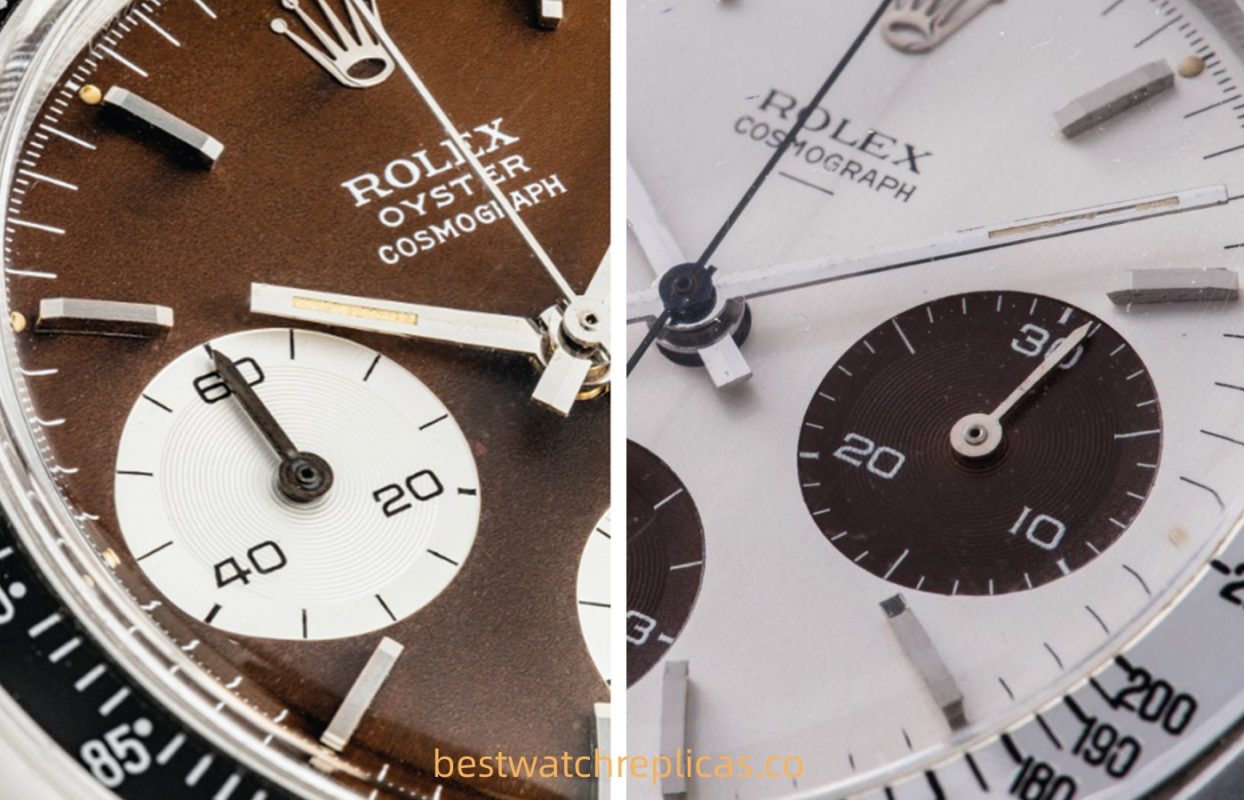
Left: The main dial is “tropicalized” to brown, while the subdials remain in their original color
Right: The sub-dials are “tropicalized” to chocolate, while the main dial remains in its actual color
In addition, there are three primary forms of discoloration for tropical dials: the first is the “tropical” discoloration of the entire dial; the second is the “tropical” of the main dial of the watch, and the small dial remains in its original color; The sub-dials are “tropicalized,” and the main dial remains in its actual color.
What’s more interesting is that even if it is the same brand, the production year, series, and model are all the same; only some of the dials of the watches show “tropical” discoloration.
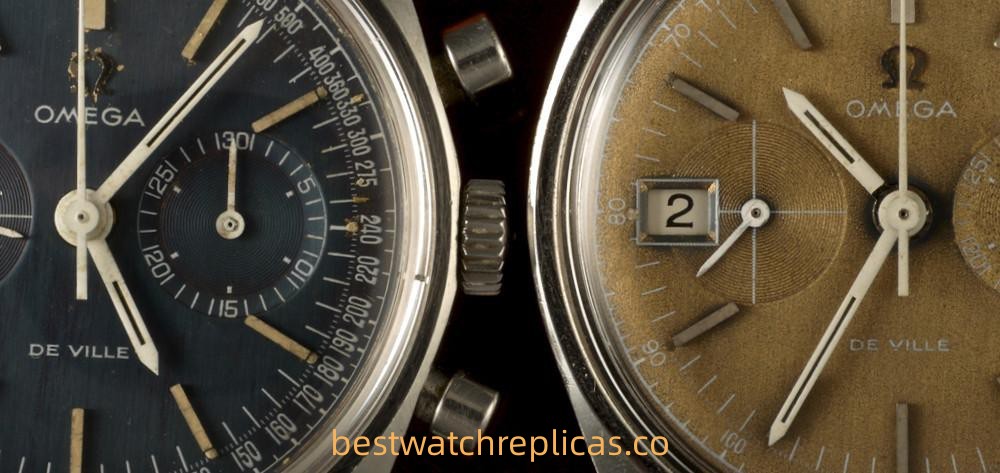
Omega watch, circa 1970
For example, in these two Omega De Ville series watches produced in the early 1970s, the original dial color is dark blue, as shown on the left watch; after 50 years, the dial of the right watch appears “tropical,” showing a golden luster, and if you look carefully at the center of the dial, you can also find traces of dark blue before the “tropicalization.”
Today, many watch collectors are willing to pay a high price for tropical dial watches.
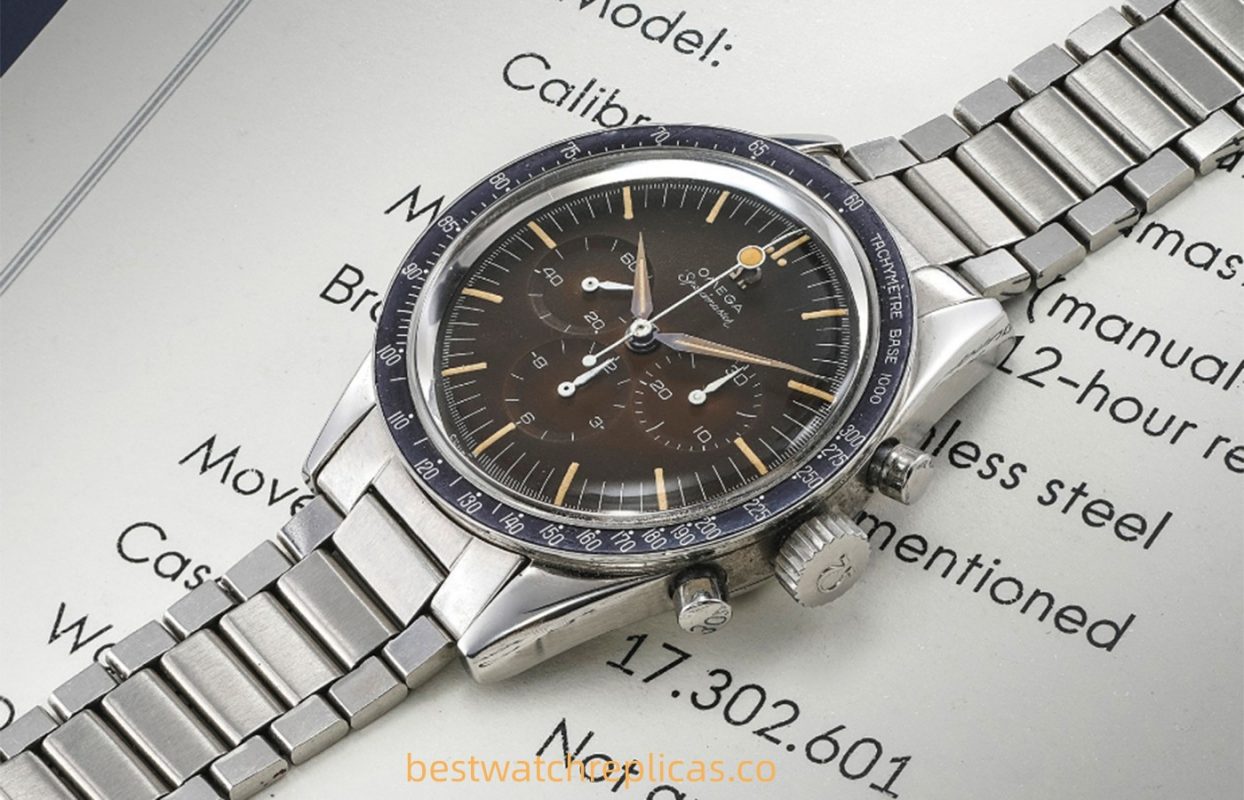
Omega, model CK 2998-2
Stainless steel chain watch with chocolate brown “tropical” dial, circa 1960
Sold for CHF 100,800
November 2020 Phillips Geneva
In November 2020, an Omega Speedmaster “Tropical Dial” watch produced around the 1960s was auctioned on Phillips.
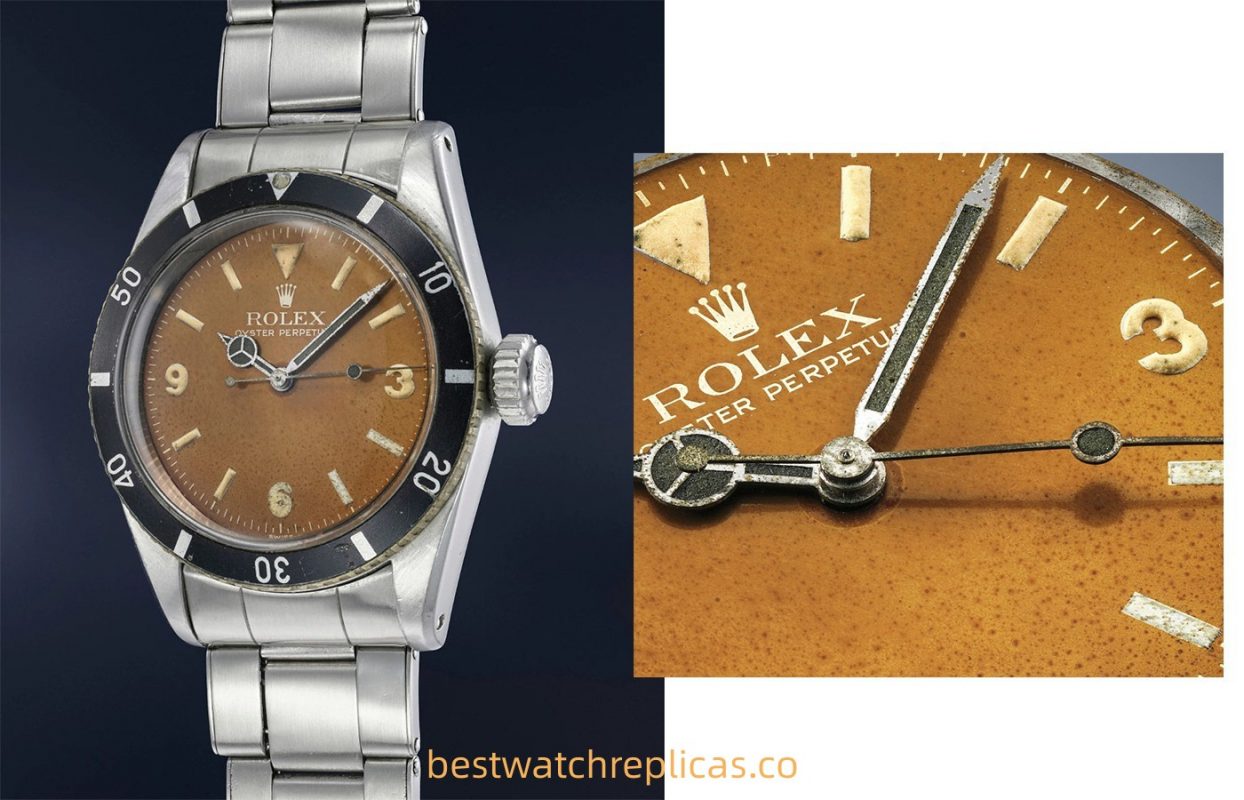
Rolex, reference 6200
Steel bracelet watch with brown “tropical” dial, circa 1954
Sold for CHF 478,800
November 2020 Phillips Geneva
The Rolex 6200 in the same scene, with a caramel-colored tropical dial, was produced around 1954 and sold for 478,800 Swiss francs (about 3.35 million yuan).
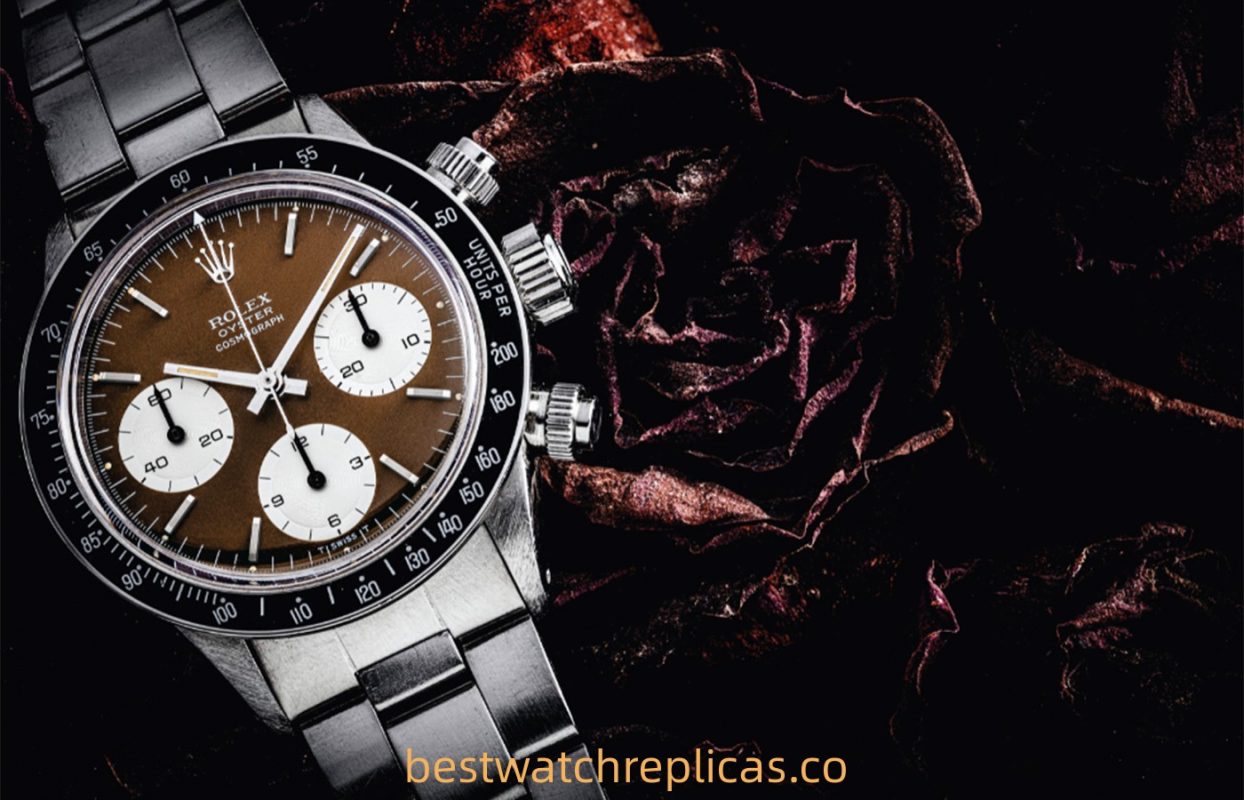
Rolex, reference 6263
Stainless steel bracelet watch with brown “tropical” dial, circa 1971
Transaction price: HK$2,250,000
13 July 2020 Christie’s Hong Kong
In July 2020, Christie’s Hong Kong auctioned a Rolex Daytona 6263, with a brown tropical dial and an Oyster case, and finally hammered at HK$2.25 million.
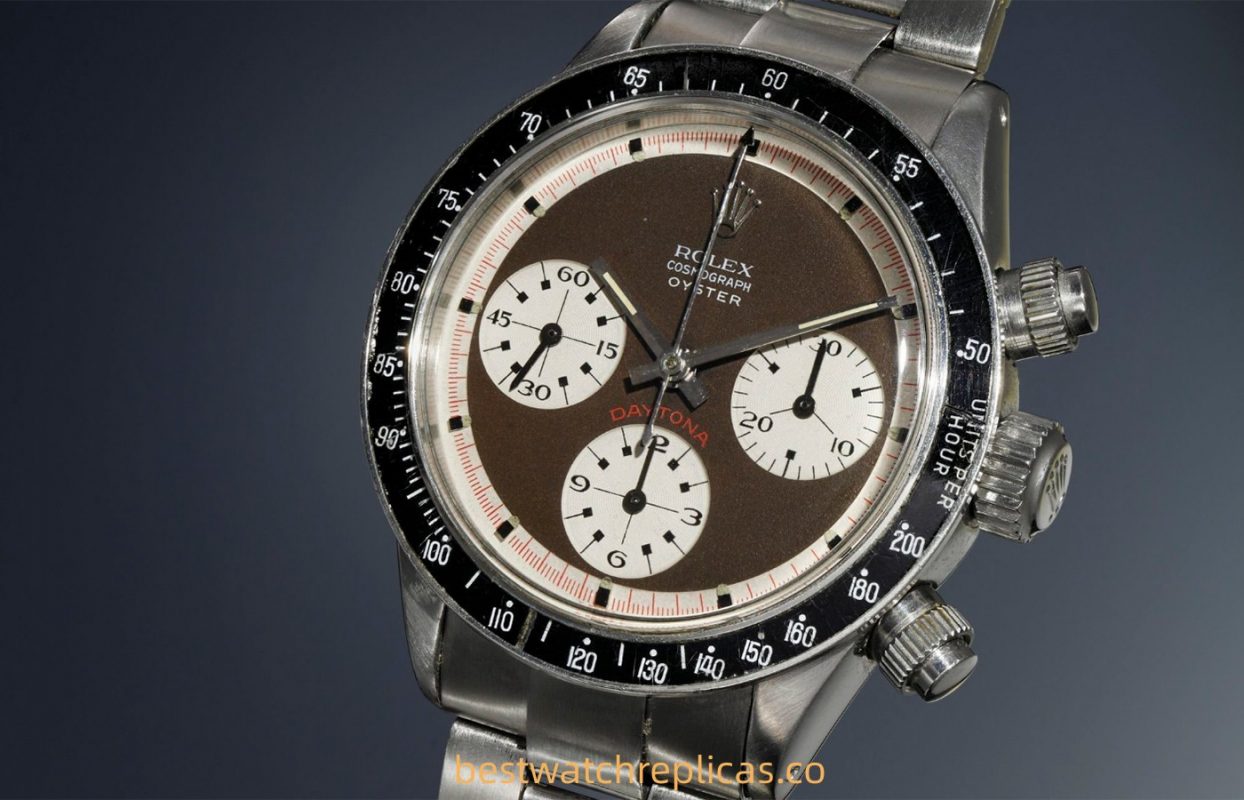
Rolex, reference 6263
Stainless steel bracelet watch with brown “tropical” dial, circa 1969
Sold price: CHF 1,985,000
May 2016 Phillips Geneva
Interestingly, as early as 2016, at the Phillips “Watch Collection: Geneva” auction, a Rolex Oyster Paul Newman Daytona watch with the same model number 6263 was hammered at a high price of 1,985,000 Swiss francs. Calculated at the exchange rate at that time, the transaction price was close to 13.3 million yuan, and calculated at the current exchange rate, this figure has risen to 13.9 million yuan. It is said that this number has not been broken by other “tropical dial” watches so far. The reason is that this watch is one of the only Oyster Paul Newman Daytona with two completely “tropical” dials found so far. Rolex replica watches.
Why is the “Tropical Dial” watch so valuable?
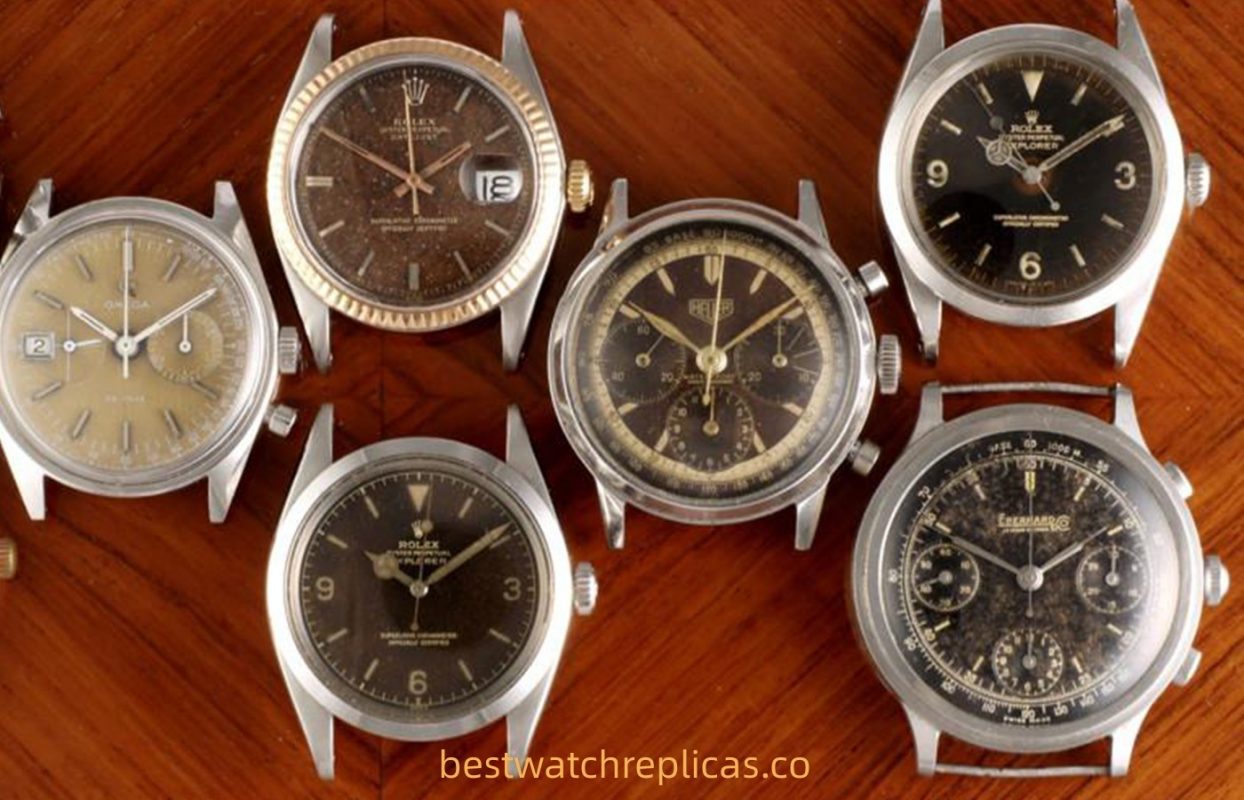
From the watch’s point of view, scarcity is a big reason. Tropical dials are very rare, and they need to meet the conditions of age, accidental chemical reaction, natural fading, and lack of maintenance and restoration at one time. In other words, the more original, the more valuable.
From a human point of view, it probably stems from the “exclusivity” psychology. Every “tropical dial” watch is unique. Who can not be tempted by the “only one” thing in the world with financial support? Woolen cloth?
How to distinguish true and false “tropical dial”?
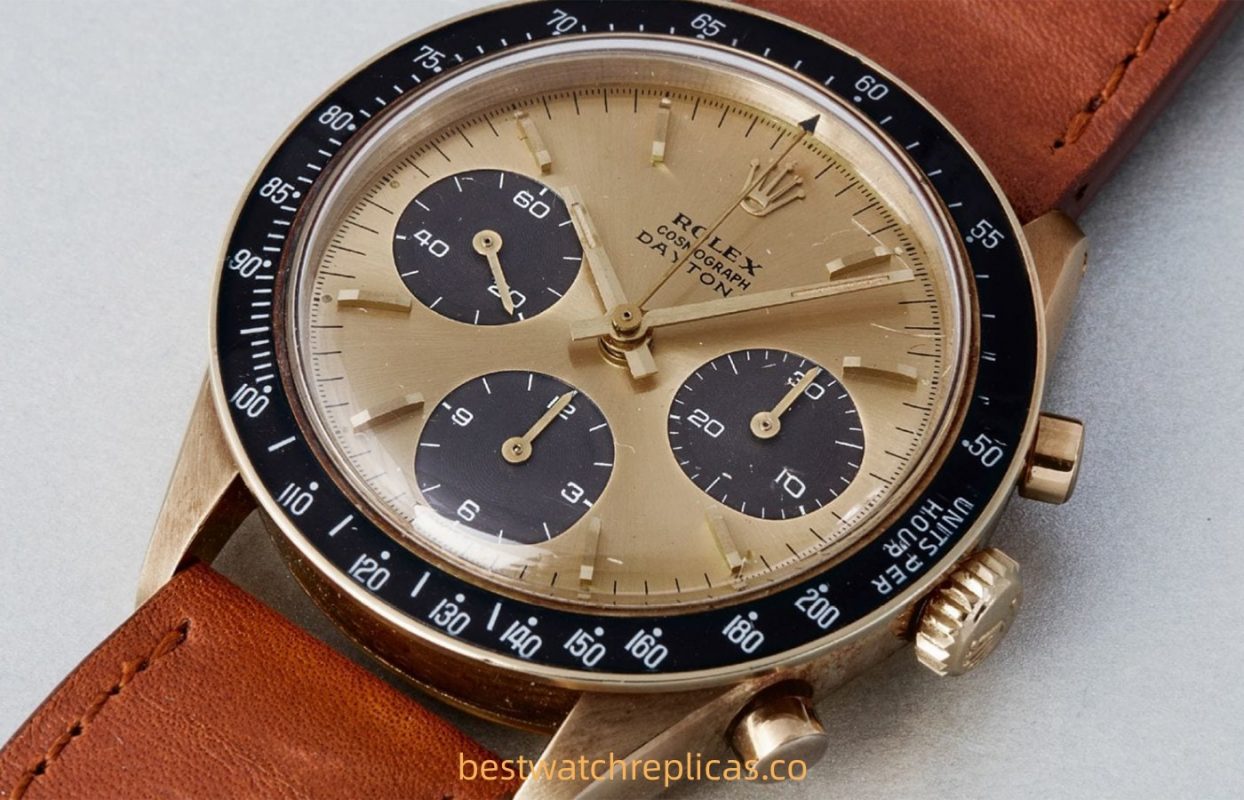
The popularity of “tropical dial” watches in the world of collectors has led some people to artificially age the dial to reduce the brightness of the dial to confuse authenticity. As a consumer, we can use the following methods for simple troubleshooting:
- Check the production time. If it’s a Rolex Submariner from the mid-80s, be careful.
- Look at the case. Does the patient look shiny and new? If the issue is unique, but the dial is discolored due to “tropicalization,” ask the other party why? (The same goes for the time scale)
- Look at the movement. If you can see the action, does it look like it has been soaked in water? If you find rust on your hands, pay more attention to this problem.
In short, if you are a senior watch player with specific financial resources and are fascinated by the traces left by the years, you might as well try to find a “tropical dial” watch. Still, no matter whether you can get it, the most important thing is to enjoy it. The process of pursuit!
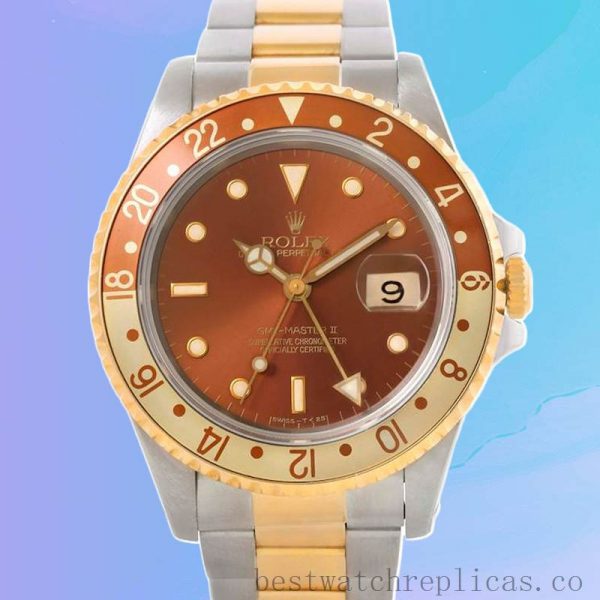
Brand: Rolex
Dial Color: Bronze Dial
Band Width: 20mm
Gender: Men’s
Case Size: 40mm
Model: 16713BNSO
Series: Gmt Master
Case Thickness: 15mm

